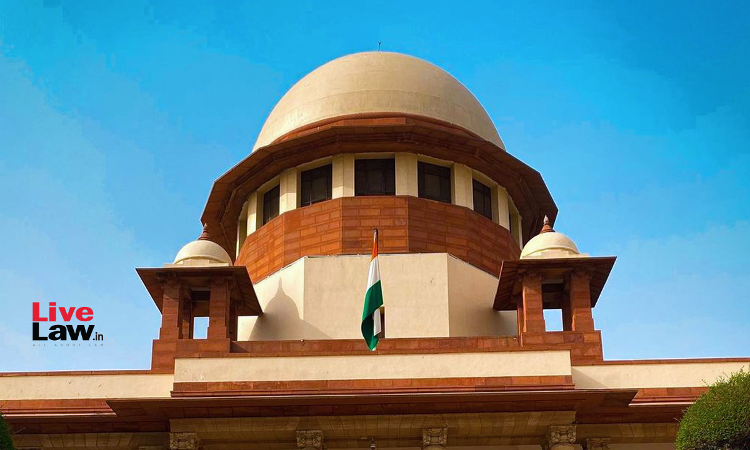- Home
- /
- Top Stories
- /
- Can State Create New Districts In...
Can State Create New Districts In Hill Areas And Plain Revenue Areas? Supreme Court To Consider On February 20
Rintu Mariam Biju
4 Jan 2023 5:14 AM
The Supreme Court will hear on February 20, the Special Leave Petition challenging a Manipur High Court order which held that the State government has sufficient power to create new districts in "Hill areas" and "Plain revenue areas".In 2016, the state government issued a notification under Rule 30 of the Business of the Government of Manipur (Allocation) Rules 2009, which created seven...
The Supreme Court will hear on February 20, the Special Leave Petition challenging a Manipur High Court order which held that the State government has sufficient power to create new districts in "Hill areas" and "Plain revenue areas".
In 2016, the state government issued a notification under Rule 30 of the Business of the Government of Manipur (Allocation) Rules 2009, which created seven new districts out of which five proposed districts namely Kangpokpi, Tengnoupal, Kamjong, Pherzawl, and Noney fall under the jurisdiction of Hill areas, and the remaining two districts, Kackching and Jiribam, fall within the Plain revenue areas.
Yesterday, before a Bench of Justices MR Shah and CT Ravikumar, Advocate Shivendra Dwivedi told that the matter is of great relevance.
"The issue is very important, it is on whether the State has the power to create new Districts in Hill Areas", Dwivedi argued.
Agreeing with this, the Bench granted time till February 3 to file a rejoinder and asked the parties to file their written submissions before the next hearing.
According to the plea, the 2016 notification is illegal as the State government has no legal competence and jurisdiction to issue it under Rule 30 of the Rules.
It is the petitioner's case that the Rules are only a procedural code for the allotment of internal departmental works and not a legal tool for conferring power on matters of legislative subjects.
"In the event of creating or altering the limits of new autonomous districts in the Hill areas or creating, altering, abolishing new districts, new subdivisions, and new Tehsils in the Plain Revenue areas, separate notifications to that effect could be issued by the Respondent 1 (Government of Manipur). It has no such blanket legal jurisdiction or competence to issue a common single notification under Rule 30 of the Business of the Government of Manipur (Allocation) Rules, 2009 for creating new districts in both the Hill areas and the Plain revenue areas of Manipur".
The SLP opined that the High Court had erred by mechanically passing the 2019 order, ignoring the basic constitutional scheme of tribal autonomy and separation of power between the Hill areas and Plain Revenue areas as contemplated under Article 371 C of the Constitution and Manipur Legislative Assembly (Hill Areas Committee) Order, 1972.
Further, it pointed out that there's no sanction of laws in any of the legislations for the creation of new Revenue districts.
The pertinent question that the High Court failed to consider in proper perspective, is whether the autonomous districts of Hill areas can be torn apart, causing "paradigm demographic changes, without mandatory consultations with Hill areas/committee of the Legislative Assembly elected from Hill areas".
The petition further stated that the pattern of legislation and acts from the very beginning clarifies that the Hill areas are a sensitive concern and legislature has always understood and intended to protect it by providing special autonomy.
Case Title: All Tangkhul Youth Council/Tangkhul Mayar Ngala Long (Tmnl) And Ors. Versus State Of Manipur And Ors | SLP(C) No. 22428/2019 XIV
Next Story

